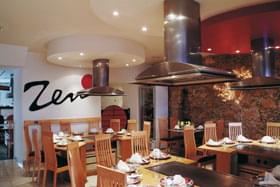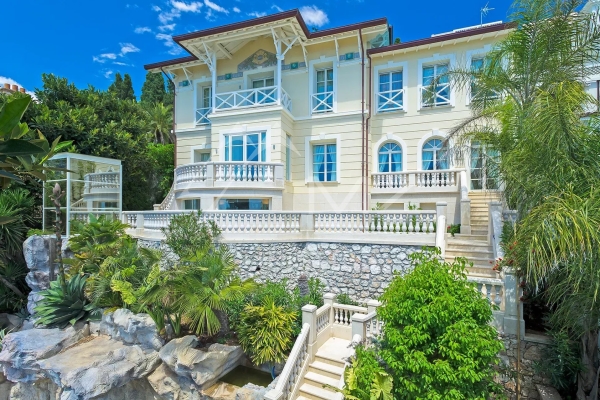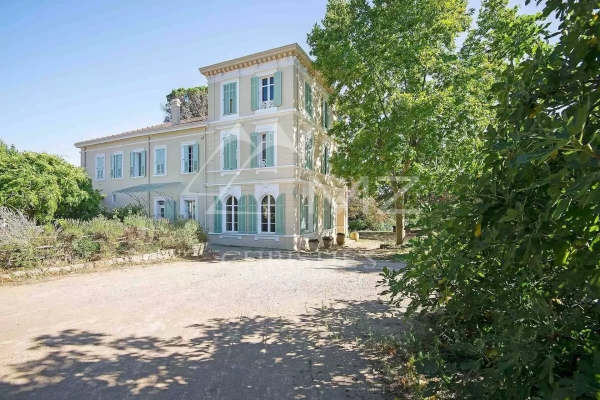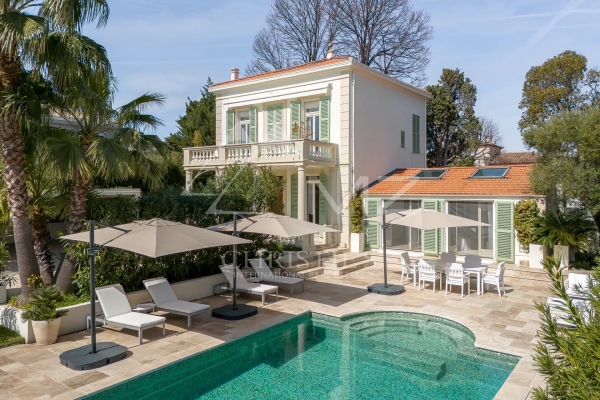A taste of distant lands
Japanese, Chinese, Vietnamese and Thai cuisine, each one with its own specialities…
Exotic products and refined preparation are the main characteristics of Japanese, Chinese, Vietnamese and Thai cuisine. Each one with its own specialities…
When talking about Japan, one immediately thinks of sushi, those little balls of sticky, vinegary rice, clad in a fine slice of raw fish (Nigiri Sushi), seaweed (Maki Sushi) or perhaps composed of different vegetables (Futo Maki). A specialist on the subject, the chef at “Kamogawa” is always happy to explain the diverse nature of the dishes on offer : skewers of grilled chicken (Yakitori), either plain or dipped in Taré sauce, fondue (Sukiyaki), seafood or vegetables in batter (Tempura)… Here as elsewhere (“My Sushi”, “Nice Jun”, “Fuji” or “Le Samouraï”), presentation is of prime importance and is, in fact, a recognized art. In Japan, it’s a point of honour to have tableware that matches the food ; forms and colours must always blend harmoniously. If you really want an exotic experience, sit yourself down at “Zen”, Japanese-style, to savour the recipes of a chef who specializes in Japanyaki.
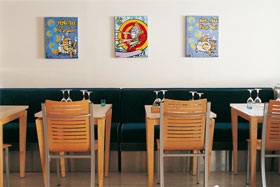
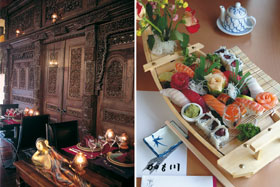
Thailand, the former Kingdom of Siam, is a kind of melting-pot where the different cultures of south-east Asia blend together. Whether you dine at “L’Éléphant Bleu”, “Ban-Noi” or the “Palais de Chine”, you will discover highly inventive recipes, fragrant and sometimes spicy. Aromatic plants, condiments, spices and pimento are, however, used sparingly in restaurants in France. Soups such as “TomYam”, “Gai” with chicken, “Kung” with shrimps, “Plaa” with fish and “Kai” with vegetables are all typical offerings. Then come salads, with shrimps, beef, octopus or lobster. Amongst the main courses, you simply must try grilled chicken with garlic, fish with coconut milk cooked in a banana leaf or Thai-style beef with basil.
More widely known, Chinese food constantly searches for a subtle balance between the five flavours : sweet, sour, salty, bitter and spicy. In China, as in neighbouring countries, you won’t find any knives on the table. The meat, vegetables and fish are chopped in small enough pieces to serve as little mouthfuls (as you’ll find at “L’Éléphant Bleu” and the “Palais de Chine”). Favourites include : Peking Duck, Chinese stew (Huoguo), spring rolls and stuffed bamboo leaves. All specialities that neophytes often confuse with Vietnamese dishes. Real fans know that there are several different cuisines in Vietnam, north, south, imperial, from the delta or the high plateaux… plus what you find overseas ! They go for great classics such as spring rolls with shrimps, fried and stuffed crab claws, sweet-and-sour pork or grilled spare ribs with citronella. Standard fare on all these tables bearing the colours of Asia, rice and tea automatically accompany these exotic dishes. White, pan-fried as from Thailand, Cantonese… rice is eaten fully cooked. As for tea, bitter green, it is appreciated for heightening the flavours of the food. Though the traditional tea ceremony (a series of gestures that can last up to four hours) has been cut to a strict minimum.
Address-book
Ban-Noï, 538 avenue de Tournamy, Mougins (04 92 28 08 88). Closed Sundays. Lunchtime menus : 15 and 20 €. A la carte : approx. 24 €.
Thai cuisine. Bong-Lai, 14 rue Alsace-Lorraine, Nice (04 93 88 75 36). Vietnamese. Fuji, 17 avenue des Spélugues, Monaco (00 377 92 16 20 36). Menu : 120 €. A la carte : approx. 80 €. Japanese. Home Sushi & Sashimi, 3 rue Oresti, Nice (04 93 55 37 37). Lunchtime menu : 10 €. A la carte : approx. 23 €. Japanese. Kamogawa, 18 rue de la Buffa, Nice (04 93 88 75 88). Open for lunch and dinner, except Mondays. Lunchtime formula : 11 €. Evening menus : 25, 27, 29 and 45 €. Japanese. L’Éléphant Bleu, 28 boulevard d’Aguillon, Antibes (04 93 34 28 80). Lunchtime : 14 €. Evenings : 16, 19, 21 and 40 €. Vietnamese, Chinese and Thai. Le Samouraï, 41 quai des Etats-Unis, Nice (04 93 80 71 62). Closed Monday and Friday at lunchtime. From 24 €. Japanese. My Sushi, 18 cours Saleya, Nice (04 93 62 16 32). Open daily for lunch and dinner except Sunday lunchtime and Mondays. Sushi : from 3 to 5 €. Maki : from 3.50 € to 9 €. Sashimi : from 12 to 22 €. Menus : 14, 18 and 24 €. Japanese. Nice Jun, 47 rue Gioffredo, Nice (04 93 85 47 78). Menus : 23 and 41 €. A la carte : approx. 18 €. Closed Sunday lunchtime. Japanese. Palais de Chine, 41 rue d’Angleterre, Nice (04 93 82 22 98). Closed Monday and Wednesday at lunchtime. Menus : 9.90 €, 12.90 € and 18 €. Thai, Chinese. Zen, 27 rue d’Angleterre, Nice (04 93 82 41 20). Menus : 15 and 30 €. A la carte : approx. 25 €. Japanese.
By Cécile olivéro - photos press
